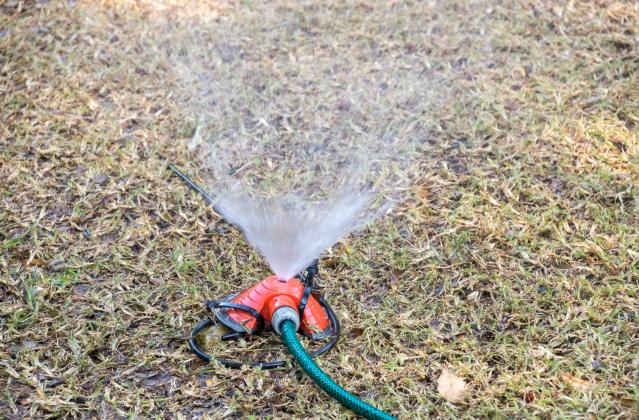Rachael Brooke - Phillips-Rooks District Extension Agent, Agriculture and Natural Resources
You may not think it, but plants continue to use water during the winter, although just not as much. The freeze and thaw cycles also remove moisture from the soil. Don't forget about the effects of drying winds that pull moisture from the soil as well.
Plants that are well hydrated will survive winter conditions and be stronger and more established come spring and throughout the rest of summer.
Follow these simple watering tips in the winter - You are free to water any time during the winter as long as the soil is not frozen and temperatures are above freezing when applying. It does not matter if the temperatures fall below freezing after the application as frozen water in the soil will not harm the plants. The good news about winter watering is that the plants do not lose moisture as rapidly in winter compared to summer. A deep thorough soaking should last for a month or more depending on the moisture patterns. Plants most at risk are those planted within the last year or so. Evergreens also suffer the effects, as they tend to lose more moisture during winter. Don’t forget your lawn. Lawns have shallow roots and can feel the effects. A lawn that is well-hydrated over winter will also start to green up earlier in the spring. Remember to disconnect the hose from the outside faucet and drain.
For more information, please contact the local K-State Research and Extension Office.
K-State Research and Extension is an equal opportunity provider and employer.

